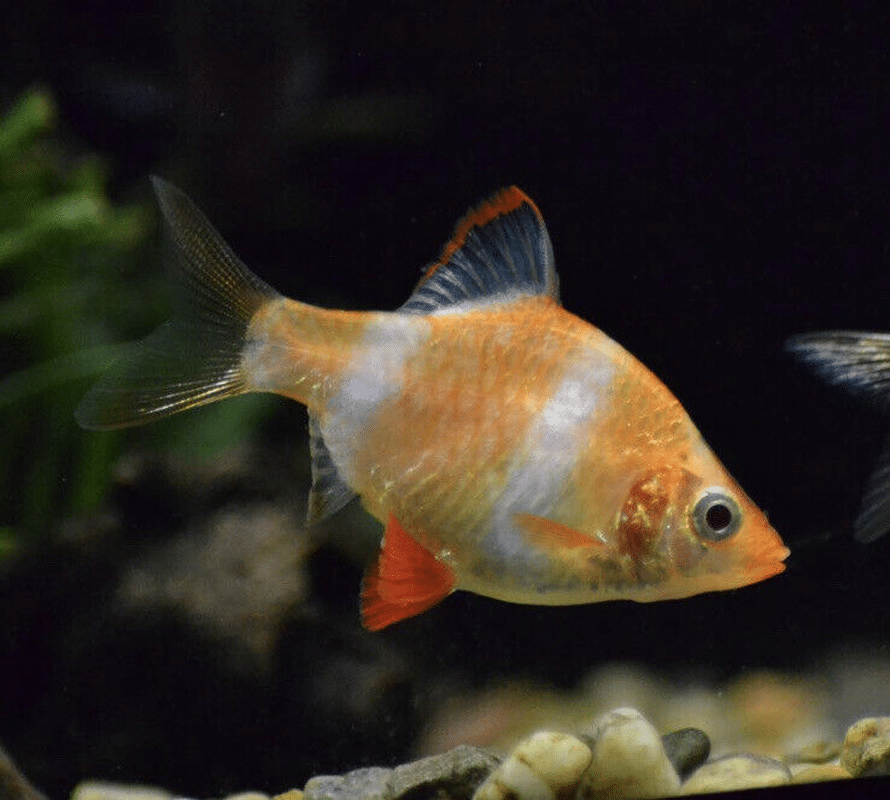To provide the best experiences, we use technologies like cookies to store and/or access device information. Consenting to these technologies will allow us to process data such as browsing behaviour or unique IDs on this site. Not consenting or withdrawing consent, may adversely affect certain features and functions.
The technical storage or access is strictly necessary for the legitimate purpose of enabling the use of a specific service explicitly requested by the subscriber or user, or for the sole purpose of carrying out the transmission of a communication over an electronic communications network.
The technical storage or access is necessary for the legitimate purpose of storing preferences that are not requested by the subscriber or user.
The technical storage or access that is used exclusively for statistical purposes.
The technical storage or access that is used exclusively for anonymous statistical purposes. Without a subpoena, voluntary compliance on the part of your Internet Service Provider, or additional records from a third party, information stored or retrieved for this purpose alone cannot usually be used to identify you.
The technical storage or access is required to create user profiles to send advertising, or to track the user on a website or across several websites for similar marketing purposes.


 Assorted Colour Vampire Crab Geosesarma Sp 2-3Cm
1 × £8.71
Assorted Colour Vampire Crab Geosesarma Sp 2-3Cm
1 × £8.71  Golden Eyes Vampire Crab - Geosesarma Sp. - Decapod Crustacean
1 × £8.71
Golden Eyes Vampire Crab - Geosesarma Sp. - Decapod Crustacean
1 × £8.71 












Jake Anderson (verified owner) –
I recently added 5 Albino Tiger Barbs (Puntigrus tetrazona) to my community tank, and I couldn’t be happier with them! After just two weeks, they’ve settled in beautifully and are full of energy. These tropical fish are not only stunning with their bright white bodies and striking black stripes, but they also have such vibrant personalities. Watching them dart around the tank is a joy!
I appreciate that they’re relatively hardy and do well in a range of water conditions, making them perfect for both beginners and seasoned aquarists like me. Compared to other barbs I’ve kept in the past, these are definitely more active and seem to get along well with my other fish. Just a small note for potential buyers: they can be a bit nippy, so I recommend keeping them with similarly-sized, active species.
Shipping was prompt, and they arrived in great shape with clear acclimatization instructions. I strongly recommend these lovely fish to anyone looking to add a splash of life to their aquarium. If you care about your aquatic pets’ happiness and liveliness, the Albino Tiger Barbs are a fantastic choice!
Emily Carter (verified owner) –
I recently added 5 Albino Tiger Barbs to my freshwater aquarium, and I couldn’t be happier with my decision! These little guys are not only stunning with their bright coloration, but they also have such lively personalities that bring my tank to life. After about two weeks, they’ve settled in beautifully and are thriving, darting around as if they own the place.
I’ve kept various tropical fish before, but the Albino Tiger Barb has quickly become one of my favorites due to their peaceful nature and compatibility with other species. They do have a bit of a playful side, so I recommend ensuring they have plenty of space to swim freely. Compared to other barbs I’ve had, these are definitely more social and interact better with their tank mates.
A minor downside is that they can be slightly nippy during feeding time, so I always make sure to scatter the food throughout the tank to avoid any squabbles. Overall, I highly recommend these fish for anyone looking to enhance their community aquarium. They are perfect for both beginners and seasoned hobbyists alike. Plus, I appreciate that they are easy to care for, making them a great addition to any aquarium enthusiast’s collection!